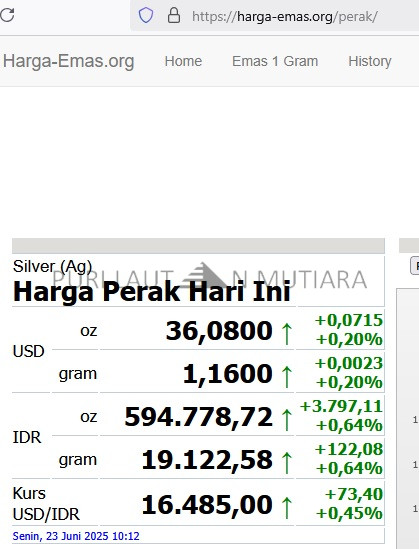When deciding where to produce your jewelry in Thailand, Vietnam, and Bali, Indonesia, several factors come into play, including craftsmanship, cost, cultural heritage, and the logistics of doing business in each location. Each of these Southeast Asian countries offers unique advantages and some challenges for jewelry production.
1. Thailand
Strengths:
- Highly Skilled Craftsmanship: Thailand is renowned for its skilled artisans, particularly in silver and gold jewelry. The country has a long history of jewelry production, with artisans who are well-versed in intricate designs and modern techniques.
- Established Industry: Thailand has a well-established jewelry industry, with a strong supply chain and access to quality materials. The Gem and Jewelry Institute of Thailand (GIT) supports this industry with research, certification, and education.
- Bangkok as a Hub: Bangkok is a major global hub for gem trading and jewelry manufacturing, making it easier to source high-quality gemstones and metals locally.
- Quality Standards: Thailand is known for maintaining high-quality standards, which can be critical for brands focusing on premium jewelry.
Cons:
- Higher Costs: Due to the established industry and high standards, the cost of production in Thailand can be higher compared to other Southeast Asian countries.
- Competitive Market: The jewelry market in Thailand is highly competitive, which can be a challenge for new brands trying to establish themselves.
2. Vietnam
Strengths:
- Emerging Jewelry Industry: Vietnam’s jewelry industry is growing, with increasing expertise in both traditional and contemporary designs. This can be a fertile ground for innovative designs that blend modern aesthetics with cultural elements.
- Lower Production Costs: Compared to Thailand, Vietnam generally offers lower labor and production costs, which can be beneficial for brands looking to optimize their budgets.
- Growing Export Capabilities: Vietnam is expanding its export capabilities, making it easier for brands to produce jewelry and then ship it internationally.
Cons:
- Less Established Infrastructure: While growing, Vietnam’s jewelry industry doesn’t yet have the same level of infrastructure and reputation as Thailand. This can mean fewer resources and potentially longer production times.
- Varying Quality: As the industry is still developing, the quality of craftsmanship can vary, which may require more oversight to ensure consistency.
3. Bali, Indonesia
Strengths:
- Cultural Heritage: Bali has a rich tradition of craftsmanship, particularly in silver jewelry. The island’s artisans are known for their intricate, handcrafted designs that reflect Balinese culture and spirituality.
- Artisanal Appeal: Jewelry from Bali often has a unique, artisanal appeal that resonates with customers seeking handcrafted and culturally meaningful pieces.
- Lower Labor Costs: Like Vietnam, Bali offers lower labor costs, making it a cost-effective option for producing handcrafted jewelry.
Cons:
- Limited Scalability: The artisanal nature of Balinese jewelry can be a double-edged sword. While it’s great for unique, handcrafted pieces, it can be challenging to scale up production without compromising quality.
- Logistics and Accessibility: Bali is a smaller market with less infrastructure compared to Thailand, which can lead to longer production and shipping times. Additionally, sourcing materials may not be as straightforward as in Thailand.
Conclusion
- Thailand is the best choice if you are looking for high-quality craftsmanship, access to premium materials, and a well-established industry, though it comes at a higher cost.
- Vietnam offers a good balance between cost and quality, with a growing industry that may provide more flexibility for innovative designs, though it requires more hands-on management.
- Bali is ideal for brands focused on artisanal, culturally rich jewelry, but it may not be the best option for large-scale production due to its more limited infrastructure.
Your choice should depend on the specific needs of your brand, the type of jewelry you’re producing, and your target market. If premium quality and reputation are paramount, Thailand is likely the best fit. If budget constraints are a concern, Vietnam offers a growing alternative. For brands focusing on unique, handcrafted pieces, Bali provides an unmatched cultural touch.




